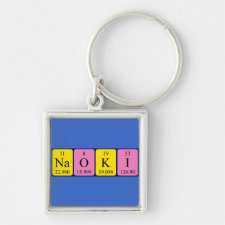
Authors: Matsui J, Ono Y, Tamaki K, Sugimoto N
Article Title: Development of a tailor-made functional peptide by template-directed intramolecular cross-linking.
Publication date: 2006
Journal: Polymer Preprints, Japan
Volume: 55
Issue: (2)
Page numbers: 5328-5329.
Abstract: An ATP artificial receptor was developed by a new molecular imprinting technique, whereby a peptide is cross-linked by intermolecular cross-linking via disulfide formation in the presence of ATP as a template molecule. The precursor peptide was designed to possess a phosphate recognition site and a base recognition one, which are linked flexibly, and six cysteine residues as cross-linking sites. On an assumption that, in the presence of ATP as a template, a specific pair of the thiol groups forms a disulfide to complement the resultant loop size favorable for accommodating ATP, we oxidize the peptide using gaseous O2 with ATP. The resultant peptide showed an increased affinity and selectivity for ATP in the batch binding test
Template and target information: ATP, adenosine triphosphate
Author keywords: ATP, molecular imprinting, molecular recognition, peptide



Join the Society for Molecular Imprinting

New items RSS feed
Sign-up for e-mail updates:
Choose between receiving an occasional newsletter or more frequent e-mail alerts.
Click here to go to the sign-up page.
Is your name elemental or peptidic? Enter your name and find out by clicking either of the buttons below!
Other products you may like:
 MIPdatabase
MIPdatabase









